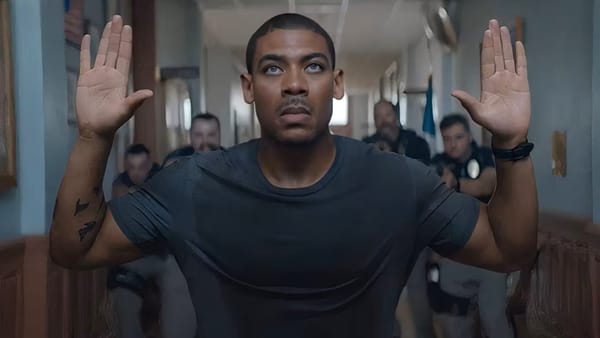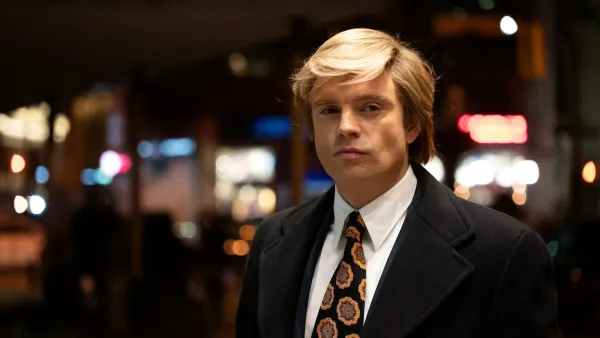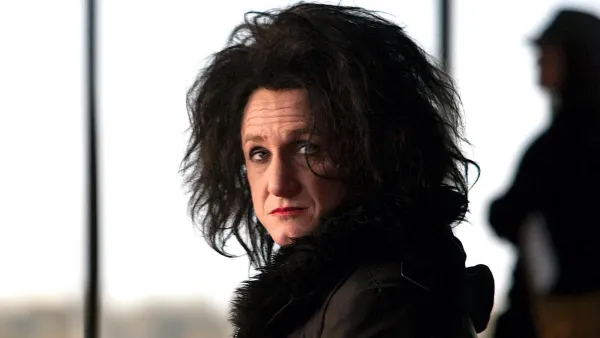Peter Bogdanovich 1939-2022

For many years, the narrative about Peter Bogdanovich was that he was a wunderkind who lost the knack. After the low-budget meta-monster movie “Targets” (1968), featuring Boris Karloff as a version of himself, Bogdanovich broke through in 1971, at 32, with “The Last Picture Show,” a black-and-white portrait of a dying Texas town that remains one of the most uncompromising American films ever made. He followed that up a year later with “What’s Up, Doc?,” a tribute to classic screwball comedies that outdoes many of the originals. As much as “Picture Show” is a downer, “Doc” is a joy. After that came “Paper Moon” (1973), a dusty Depression comedy that starred Ryan O’Neal as a dumbed-down Clark Gable and his daughter Tatum as a wised-up Shirley Temple. It was a massive hit and Tatum became the youngest Oscar winner in history.
And then it all seemed to go ker-plooey. Bogdanovich’s next three films, the Henry James adaptation “Daisy Miller” (1974), the musical “At Long Last Love” (1975) – “La La Land” 40 years ahead of schedule – and the silent-era comedy “Nickelodeon” (1976), all stiffed with critics and audiences; the last, at least, has aged more gracefully than some expected. Bogdanovich was perceived to be one of those directors whose adoration of his muse – Cybill Shepherd, in this case – blinded him to her limitations. It also became clear in later years how very much his first wife, writer-producer-art director Polly Platt, contributed to his early successes. (For those willing to explore Platt’s career in detail, Karina Longworth’s podcast “You Must Remember This” devoted an entire season to “Polly Platt: The Invisible Woman,” and is highly recommended.)
“Saint Jack” (1979), “They All Laughed” (1979), and “Mask” (1985) showed intermittent signs of life, the second notable for being Audrey Hepburn’s penultimate theatrical film and for the murder of Bogdanovich’s actress girlfriend, Dorothy Stratten, by her estranged husband prior to the movie’s release. (That tragedy became the basis of the 1983 Bob Fosse film “Star 80.”) The director had a small but real comeback in 2001 with “The Cat’s Meow,” which dramatized a legendary silent-era mystery, the death of director Thomas Ince aboard William Randolph Heart’s yacht.
By then, Bogdanovich had reinvented himself as a Hollywood historian and hardworking link to the studio era. This had always been part of his brief. He programmed films for the Museum of Modern Art in the early 1960s, penned a book about John Ford and wrote criticism for Esquire, all before heading west and joining up with producer Roger Corman. Bogdanovich’s friendship with Orson Welles extended to putting the aging genius up in his Bel Air mansion for two years, co-producing and acting in “The Other Side of the Wind” over a half decade of production, and shepherding the film over the next four decades to an eventual 2018 release in theaters and on Netflix. In later years, he hosted “The Essentials” series on Turner Classic Movies, offered scholarly commentary on Criterion DVDs, and dabbled in acting, notably playing a therapist’s therapist on “The Sopranos.” Most important, Bogdanovich’s two books of interviews with aging Hollywood titans, “Who The Devil Made It: Conversations with Legendary Film Directors” (1997) and “Who the Hell's in It: Conversations with Hollywood's Legendary Actors” (2004) are primary-source histories of the best, most invaluable kind.
He honored his elders. He made one of the greatest dramas in movie history and one of the funniest comedies. He screwed up, screwed some people over, suffered tragedies, made a fortune, lost it. A Hollywood life and an American one. What unites the movies Bogdanovich made is nothing more nor less than a love of the movies themselves – of stories flickering into being in a beam of light.





